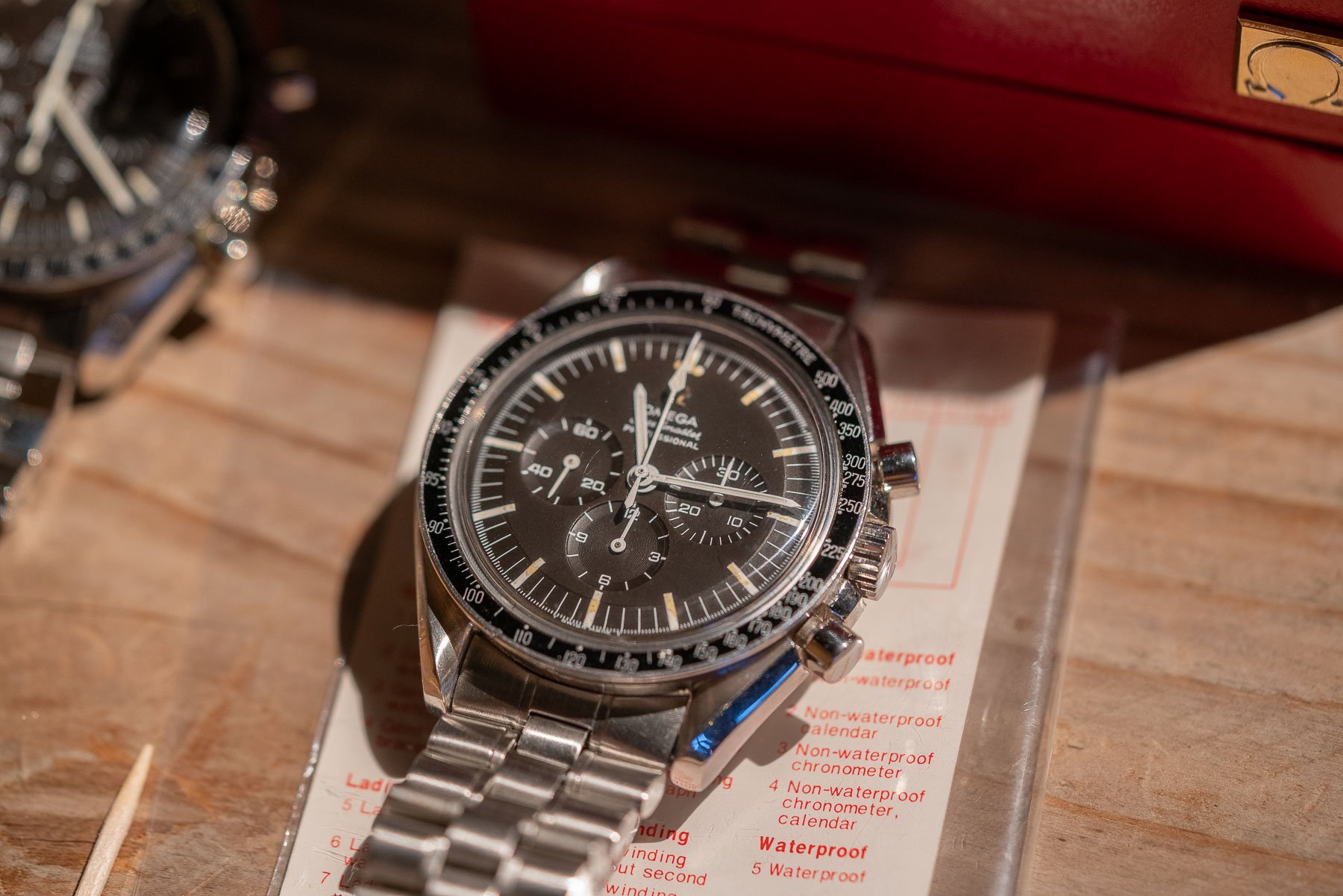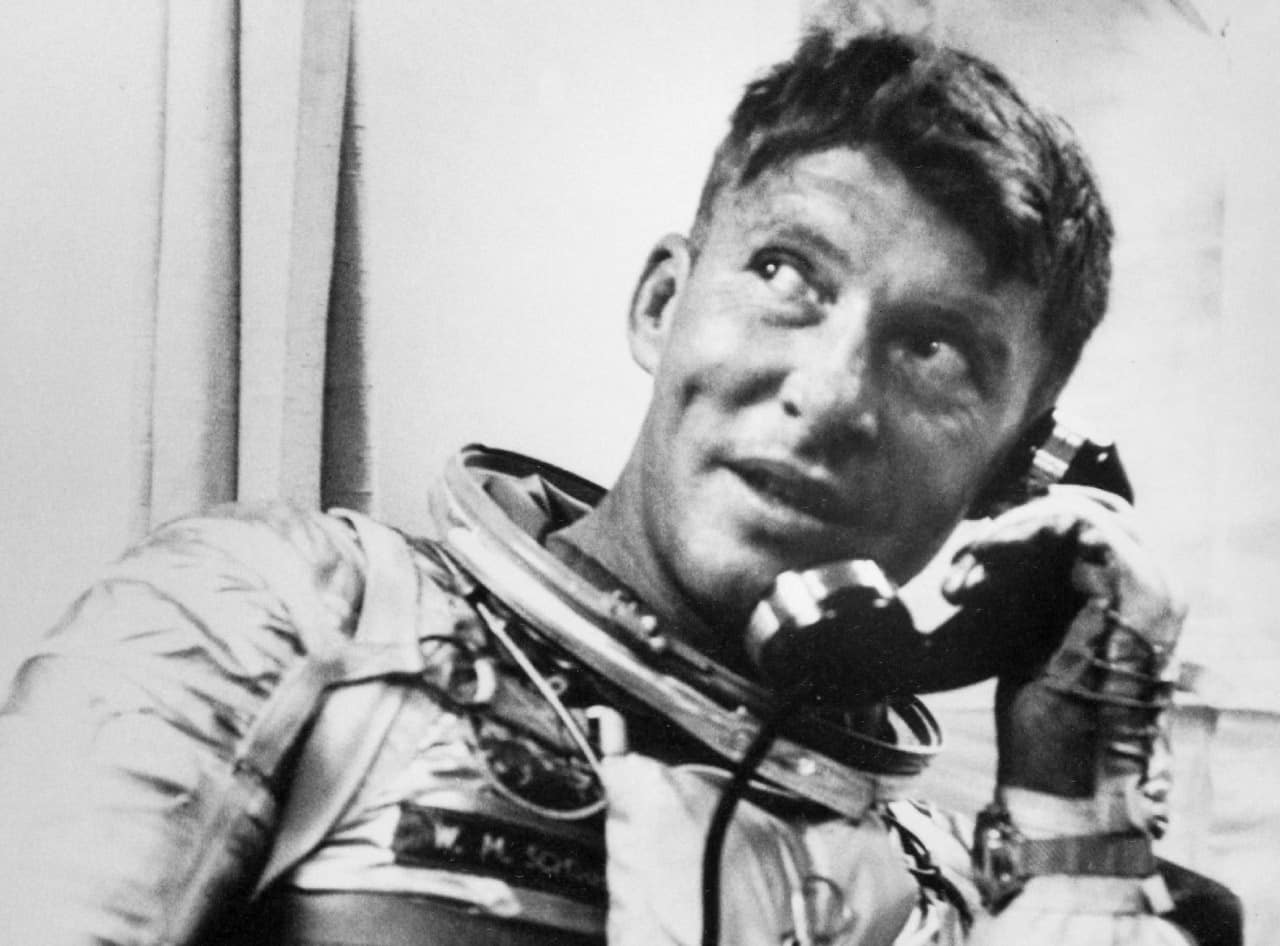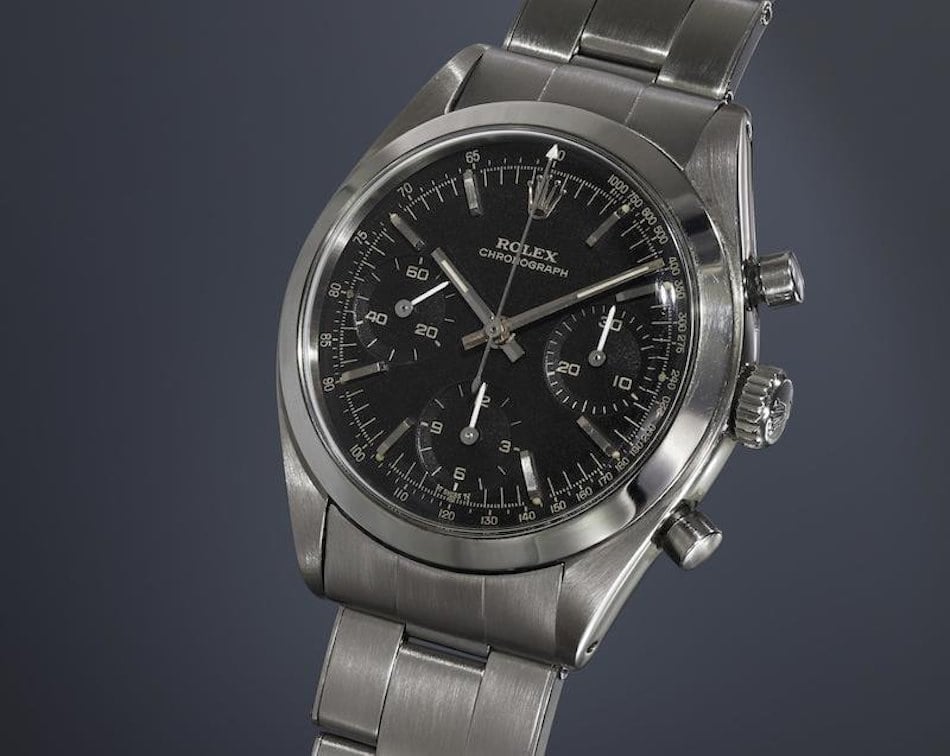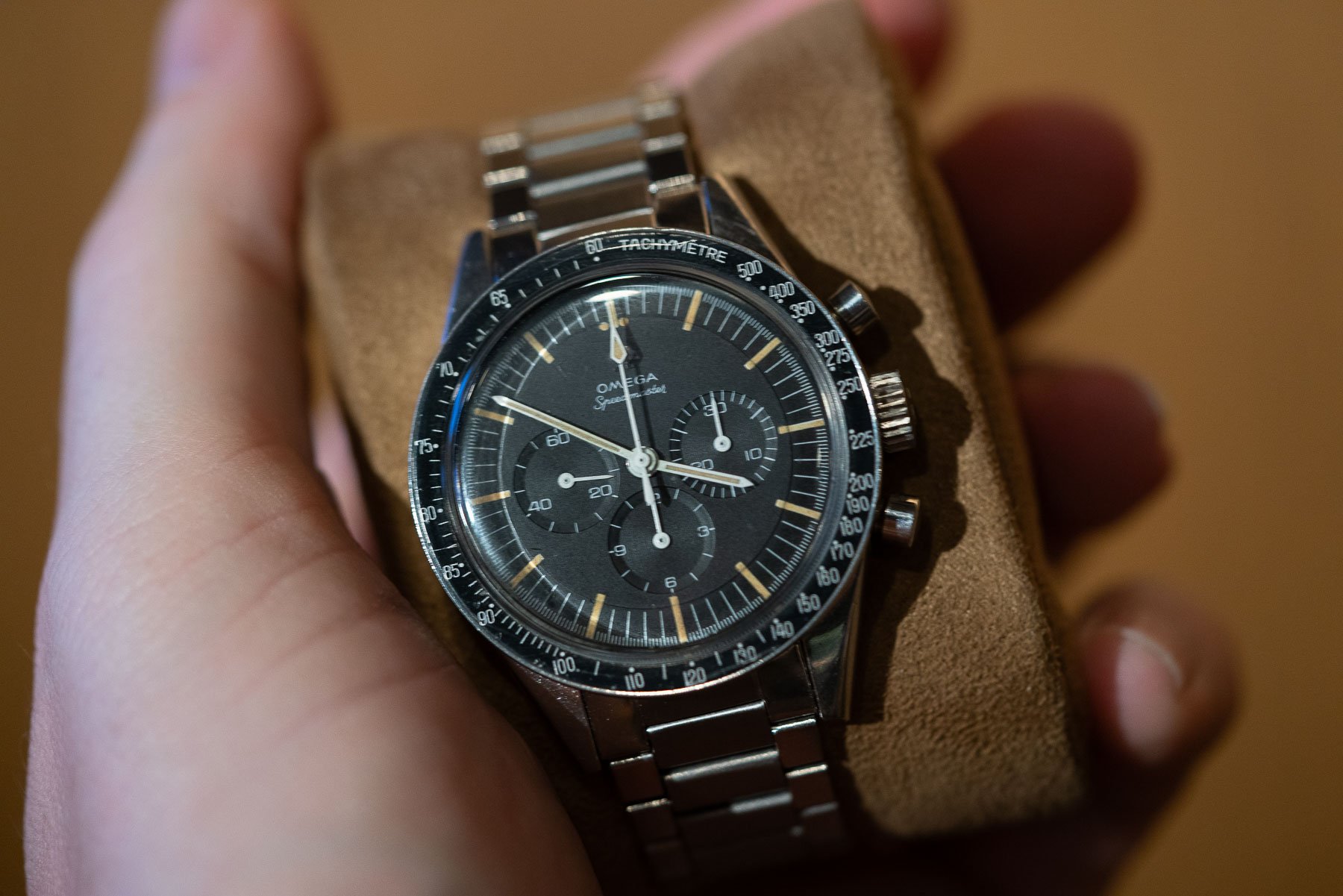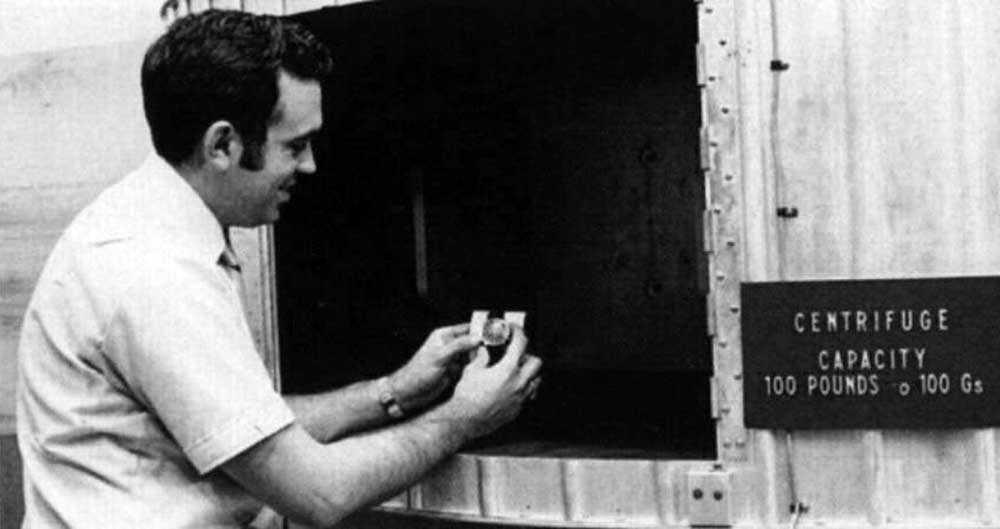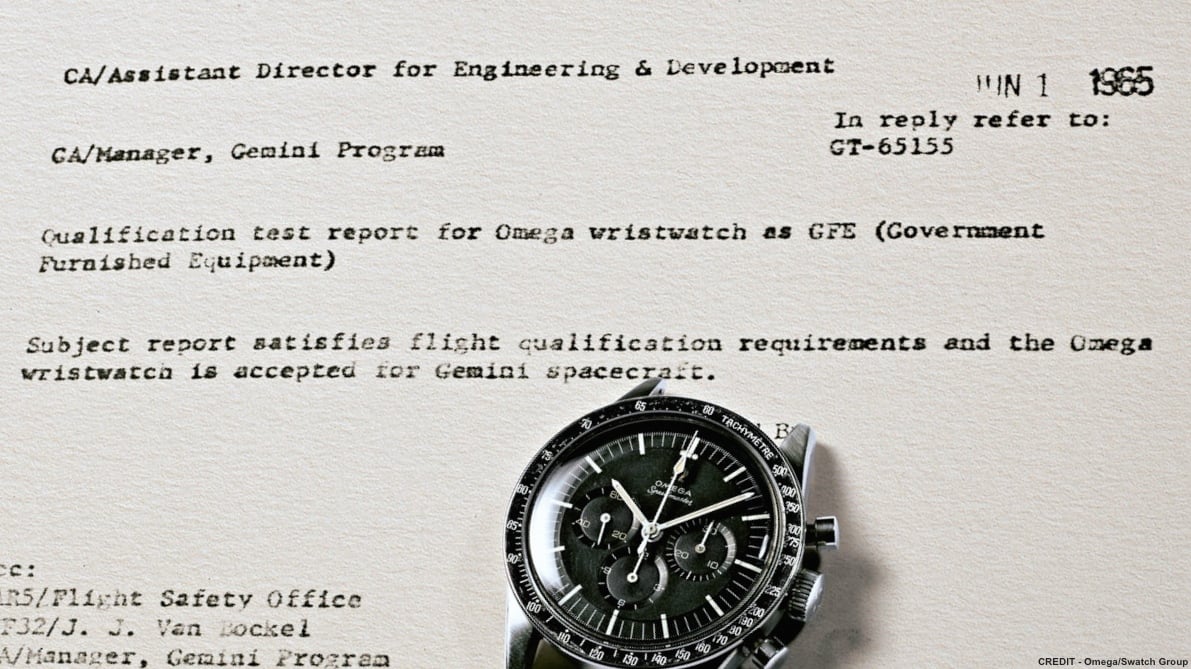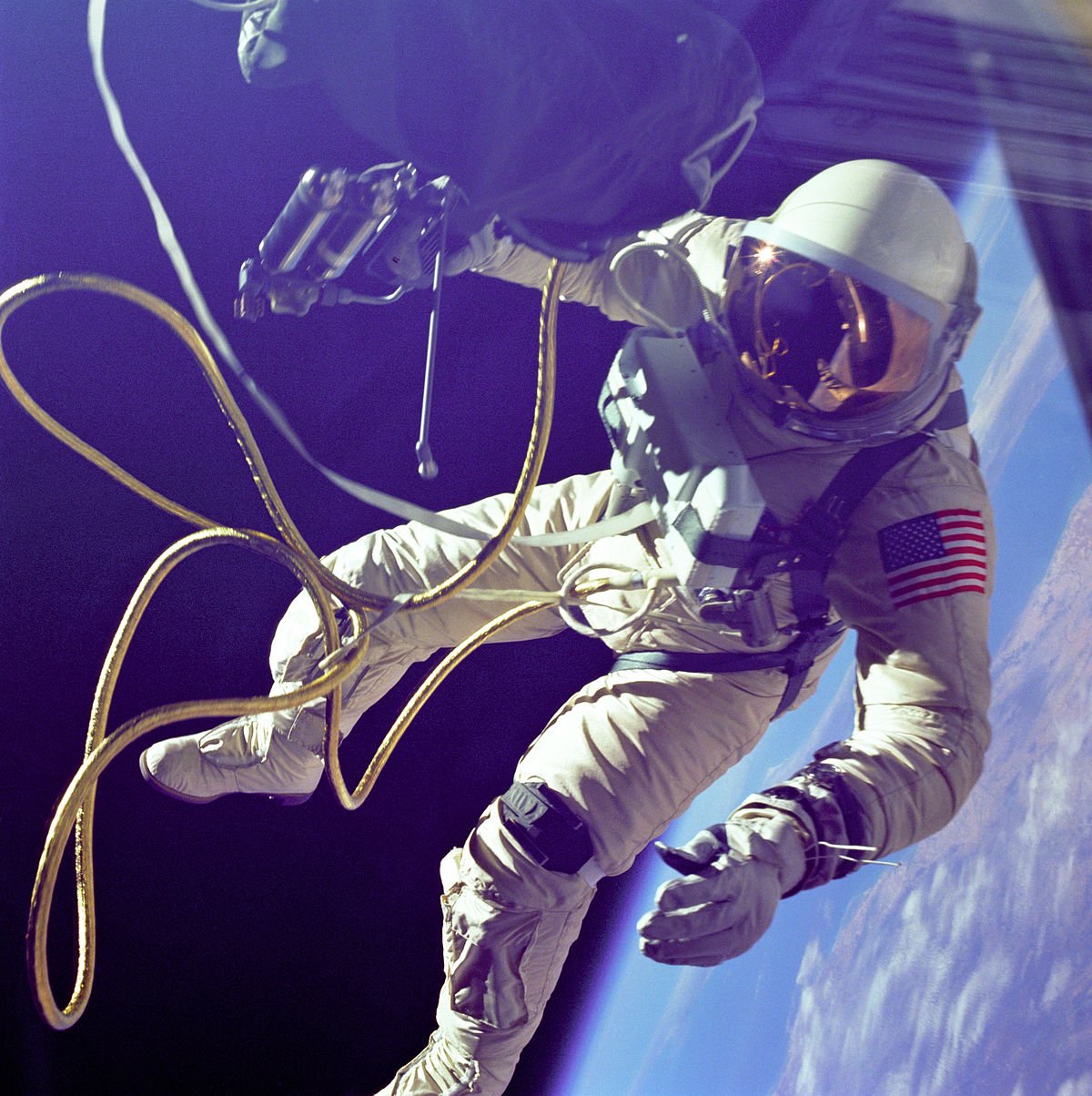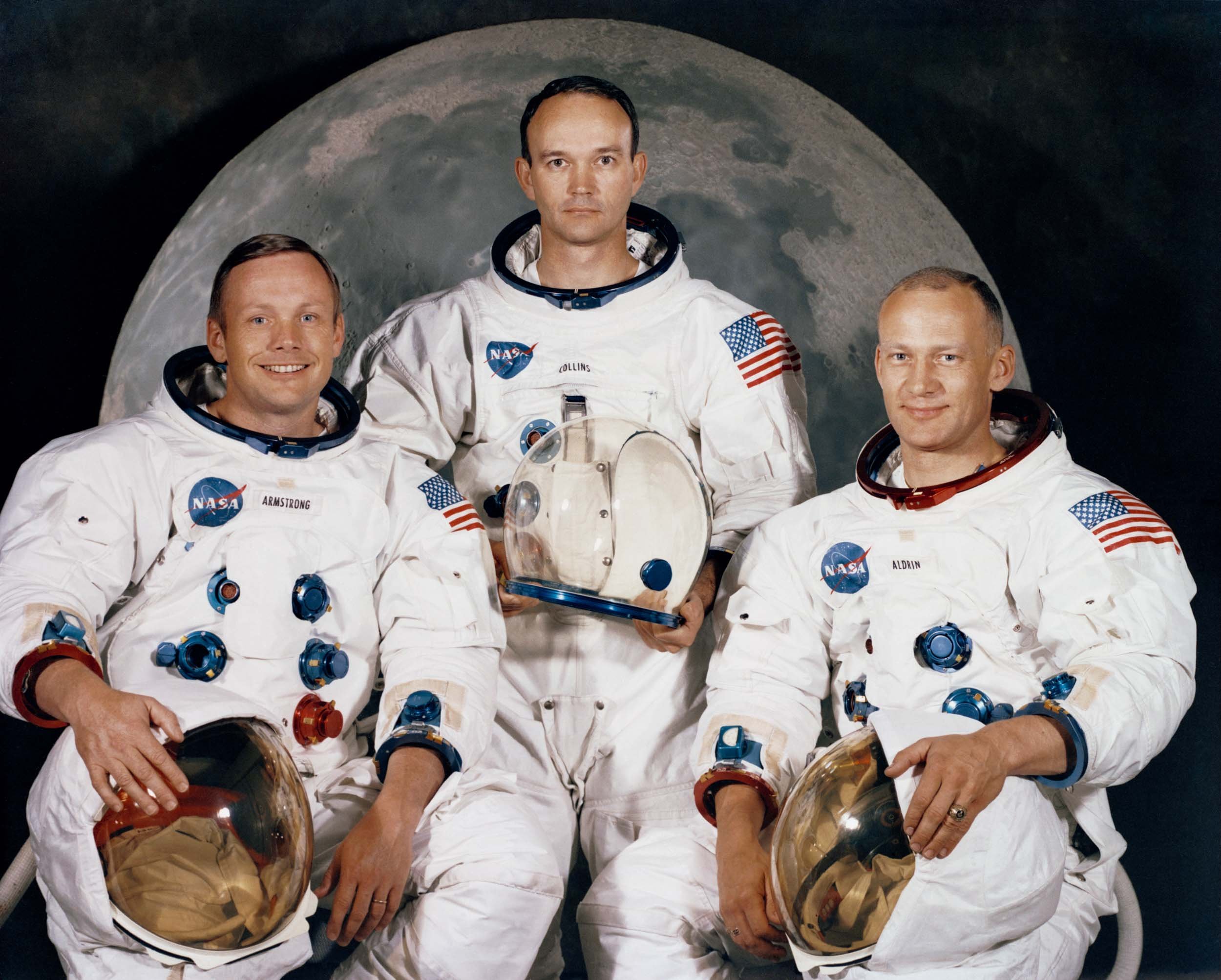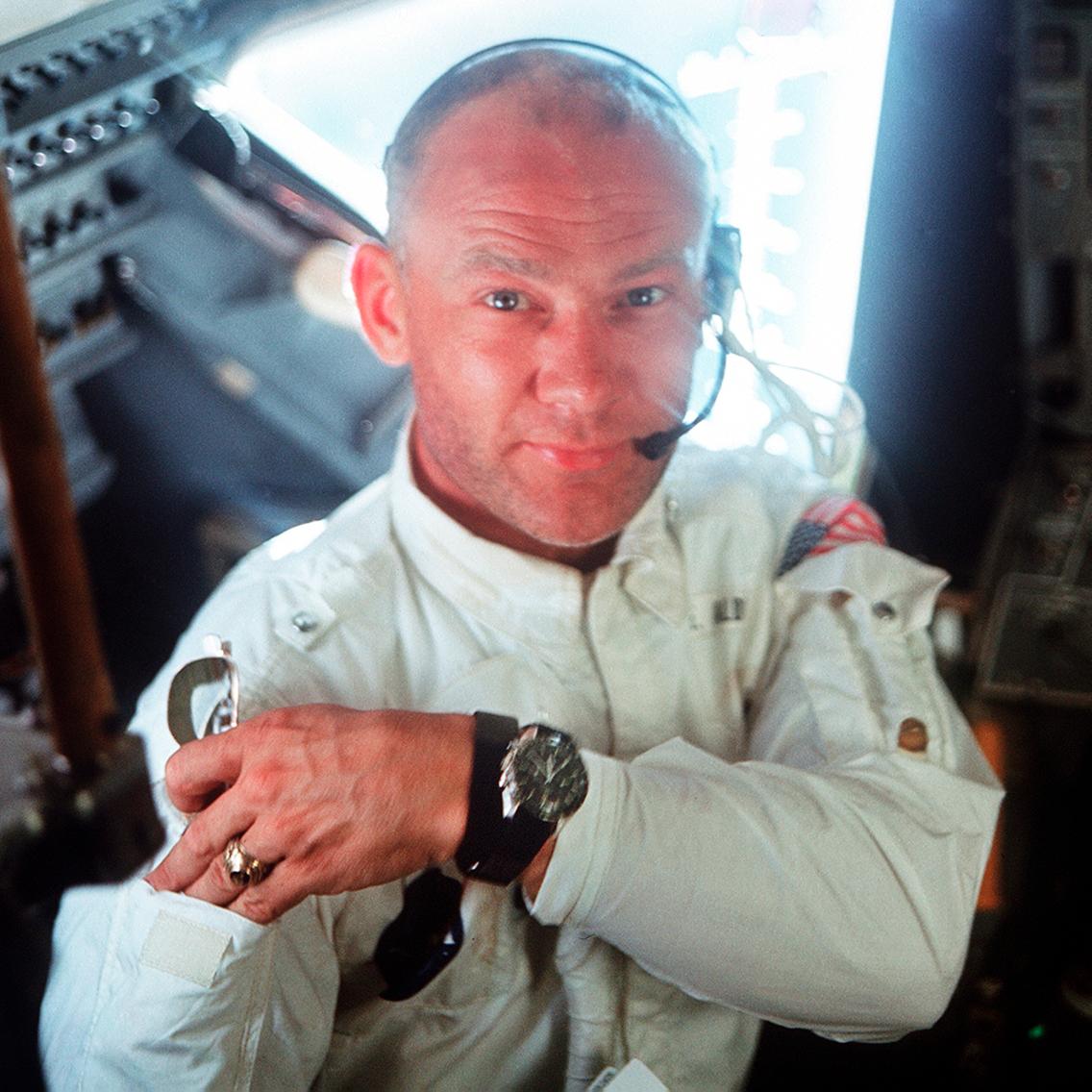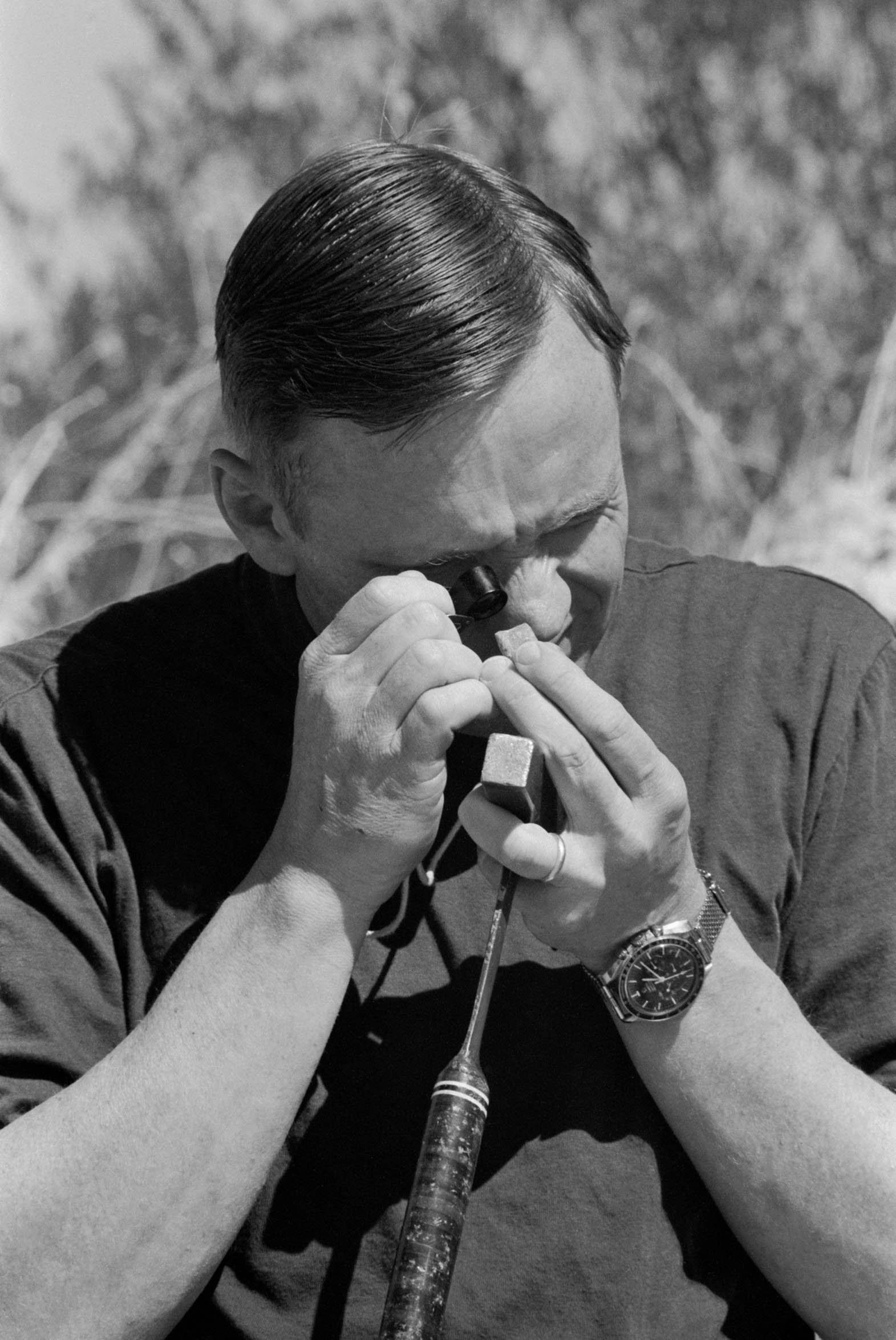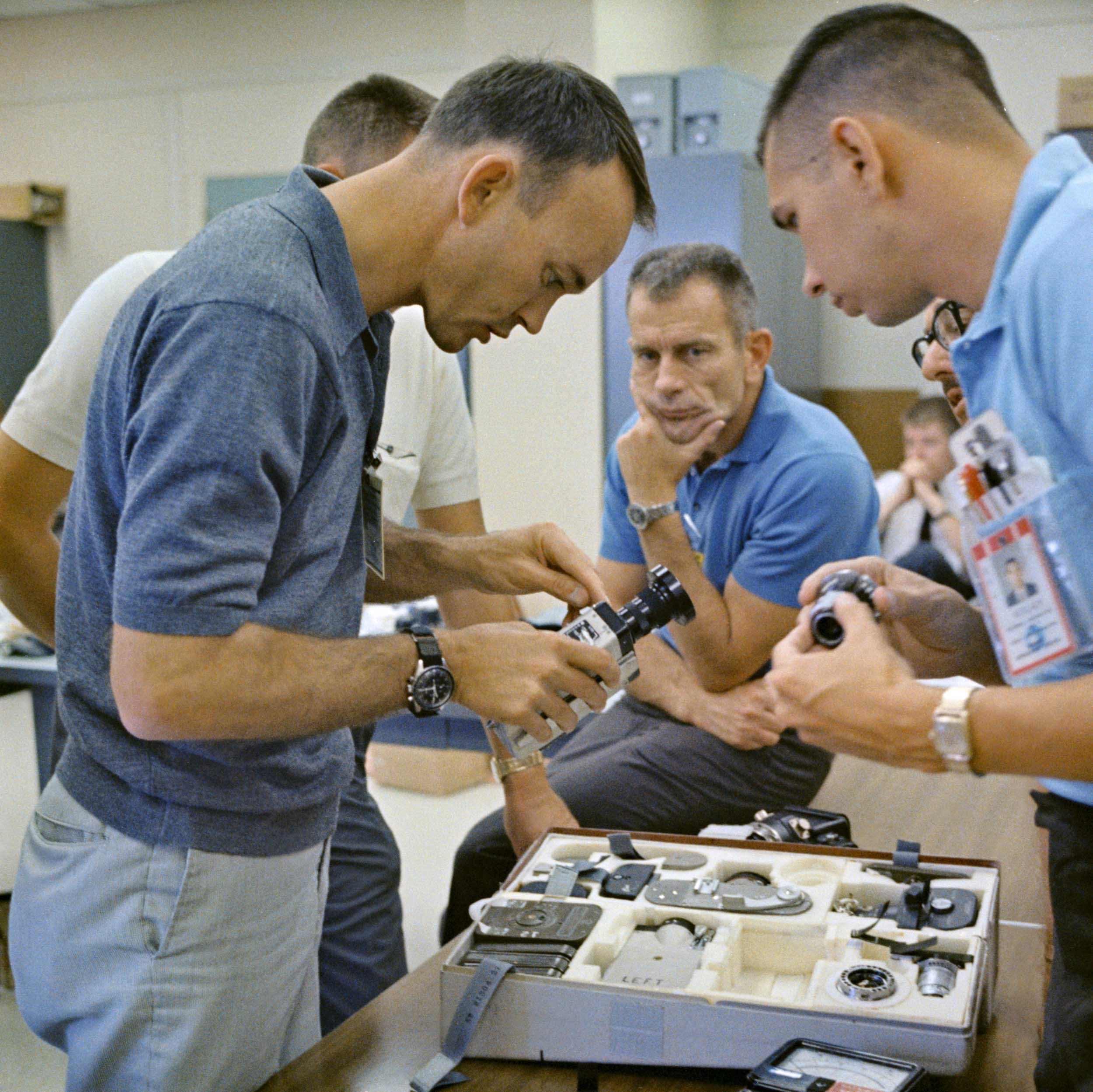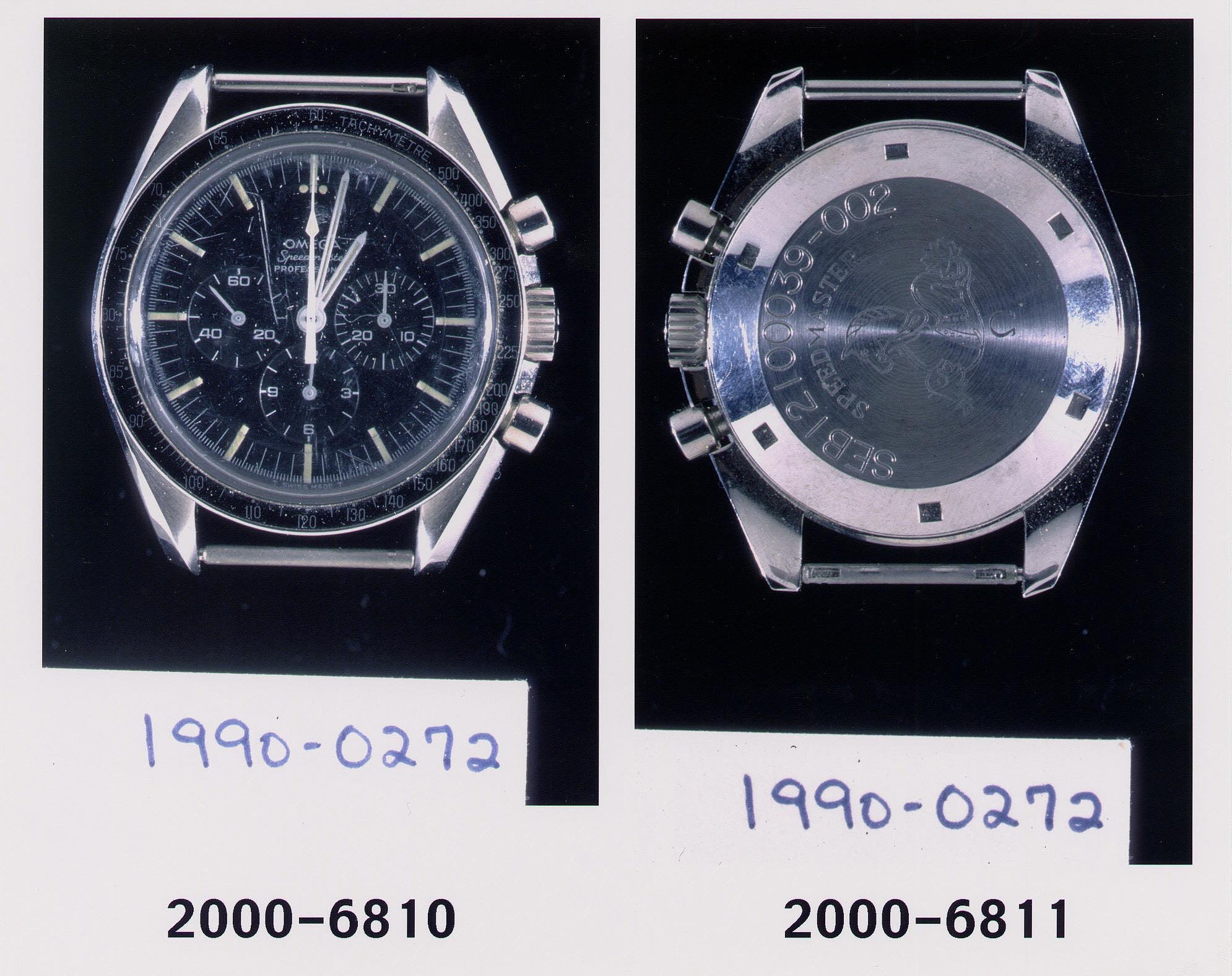From The Archives: How The Omega Speedmaster Became The Moonwatch
Last weekend, it was exactly 55 years ago that the Apollo 11 crew turned the Omega Speedmaster Professional chronograph into the Moonwatch. It may have actually been one of the first nicknames that a wristwatch ever received. As a watch enthusiast, you’ve probably heard the story of the Moonwatch a thousand times already. However, in case you’re new to watches (or simply don’t mind hearing it for the 1,001st time) read on for more on one of the greatest chronographs of all time.
Omega Speedmaster Professional Moonwatch
The Omega Speedmaster Professional did not become the Moonwatch purely by coincidence. Indeed, it was quite the opposite. One of the longest-running rumors in the watch industry was that NASA purchased the Speedmaster at a jewelry store in Houston, and thus it became the agency’s watch of choice. This is NASA that we are talking about, so there had to be some guidelines, procedures, and rules for purchasing equipment for astronauts. Let’s quickly step back even further in time to explain how the Speedmaster became the watch strapped to the astronauts’ wrists. The fact that Schirra, Slayton, and Cooper already owned Speedmaster CK2998s didn’t influence this.
How the Speedmaster became the Moonwatch
On Monday, September 21st, 1964, Flight Crew Operations Director Deke Slayton issued an internal memo that the Gemini and Apollo flight crews needed a highly durable and accurate chronograph. This request came from astronauts who approached Slayton saying they wanted a watch they could use during training and flight. This memo landed on the desk of NASA engineer James Ragan, who then put together a request for quotation and sent it to about 10 different watch manufacturers, including Omega, Rolex, Longines, and Lucien Piccard.
Of the 10, only four responded — Rolex, Longines-Wittnauer, Hamilton, and Omega. NASA immediately disqualified Hamilton because, puzzlingly, the company sent a pocket watch instead of a chronograph wristwatch. In hindsight, this must have made the shortlist of the most awful mistakes ever made by a watch company. Only the other brands’ outright lack of response could top that list.
Longines, Rolex, and Omega put to the test
Longines-Wittnauer sent a reference 235T chronograph, Rolex US sent its reference 6238 chronograph, and Omega US sent the Speedmaster 105.003. Interestingly, both the Rolex 6238 (“pre-Daytona”) and the Longines-Wittnauer 235T housed a Valjoux 72 movement, while the Speedmaster used the Lemania-based caliber 321.
NASA’s test requirements
For the watches to qualify for in-flight use by the astronauts, NASA came up with a set of tests designed to give these timepieces hell.
- High-temperature test: 70° C for 48 hours and then 93° C for 30 minutes in a partial vacuum.
- Low-temperature test: -18° C for four hours.
- Vacuum test: heated in a vacuum chamber and then cooled to -18° C for several cycles.
- Humidity test: ten 24-hour cycles in >95% humidity with temperatures ranging from 25° C to 70° C.
- Corrosion test: an atmosphere of oxygen at 70° C for 48 hours.
- Shock-resistance test: six shocks at 40 g in six different directions.
- Acceleration test: progressive acceleration to 7.25 g for about five minutes and then to 16 g for 30 seconds on three axes.
- Low-pressure test: pressure of 10.6 atmospheres at 70° C for 90 minutes and then at 93° C for 30 minutes.
- High-pressure test: air pressure of 1.6 atmospheres for 60 minutes.
- Vibration test: random vibrations on three axes between five and 2,000 Hz with an acceleration of 8.8 g.
- Sound test: 130 decibels at frequencies from 40 to 10,000 Hz for 30 minutes.
NASA’s qualification for the Speedmaster
NASA’s standards allowed each watch a maximum average deviation of six seconds per day during normal use after testing. According to official documentation we’ve seen from Omega’s archives, it seems that the Rolex reference 6238 failed the humidity test, with the movement simply coming to a stop. In addition, the watch failed the high-temperature test. The Longines-Wittnauer 235T failed the high-temperature test as well due to the crystal having warped and disengaged.
NASA completed all these tests on March 1st, 1965. Interestingly enough, on March 23rd, 1965, the Speedmaster 105.003 went into space on the wrists of astronauts Virgil Grissom and John Young. It was only a few days later, on June 1st, that the Omega Speedmaster 105.003 received its qualification (not certification — NASA doesn’t certify anything!) to be used as the chronograph for all manned space missions.
Ed White doubling up on 105.003s
Just two days later, on June 3rd, NASA astronaut Ed White wore not one but two Speedmaster 105.003 watches over his space suit during the first spacewalk performed by an American.
Now that we know a bit of the history of how the Speedmaster became NASA’s chronograph of choice (you can read a more in-depth story on this here), let’s move on to the next big thing that happened — Apollo 11.
Apollo 11 — Who wore what?
Meanwhile, Omega continued to improve its watches, including the fourth generation of Speedmasters with “Professional” in the name. The addition of “Professional” had little to do with NASA’s qualification since the term was already in use in 1964. Rather, it was because of this model’s new case, an asymmetrical one with a 42mm diameter, lyre lugs, and crown guards. These guards were to prevent the pushers from being damaged or even knocked off. The former Speedmaster generations featured straight-lug cases and a smaller diameter (39.7mm for the 105.003 and CK2998 and 38.6mm for the CK2915 with a steel bezel).
Omega then started shipping the Speedmaster Professional watches to NASA as well. This is how the famous Apollo 11 crew — Neil Armstrong, Edwin “Buzz” Aldrin, and Michael Collins — all wore the fourth-generation Speedmasters. Armstrong and Aldrin were equipped with the Speedmaster Professional ref. 105.012(-65 for Armstrong’s), and Collins wore a Speedmaster Professional 145.012-68.
NASA numbers
These watches all received the same internal NASA reference number, SEB1210039-002 (the previous 105.003 had the -001 designator). This number was engraved on the case back, while a unique serial number was engraved on the side of the case, near the lugs.
Armstrong on the Moon without his Moonwatch
Armstrong’s watch had serial number 46, Aldrin’s 105.012 had serial number 43, and Collins’s 145.012-68 had serial number 73 (we wrote about his watch here). The story goes that Armstrong, while on the Moon, left his Speedmaster behind in the capsule as a backup for the malfunctioning board clock. Michael Collins and Neil Armstrong’s Omega Speedmaster Professional watches are now on display in the Smithsonian National Air and Space Museum. Aldrin’s Speedmaster, however, is a different story as it was supposedly lost during transportation to the Smithsonian in Washington, DC.
In 2021, Michael Collins passed away, leaving Buzz Aldrin as the only surviving Apollo 11 astronaut. Though his original Speedmaster Moonwatch may have been lost, rest assured that he is not without an Omega Speedmaster watch on his wrist.

